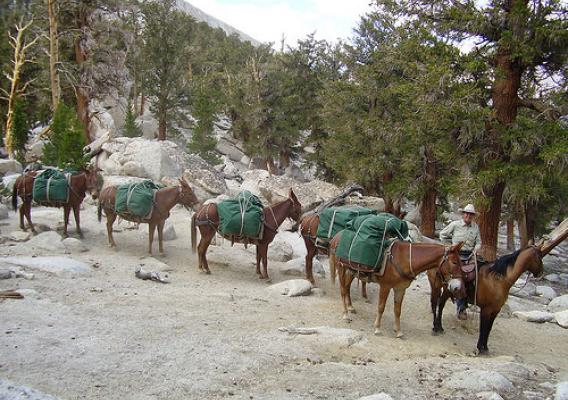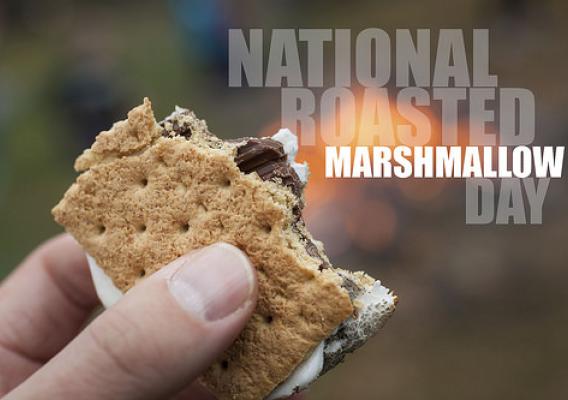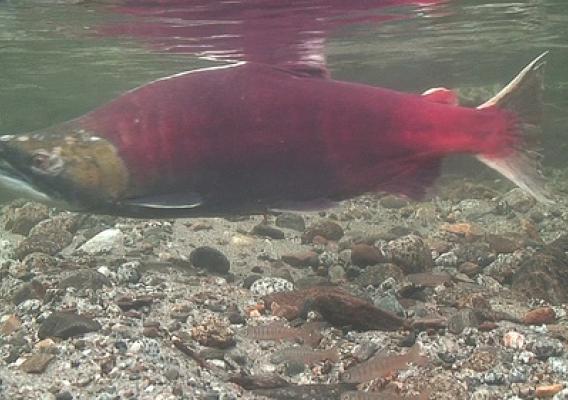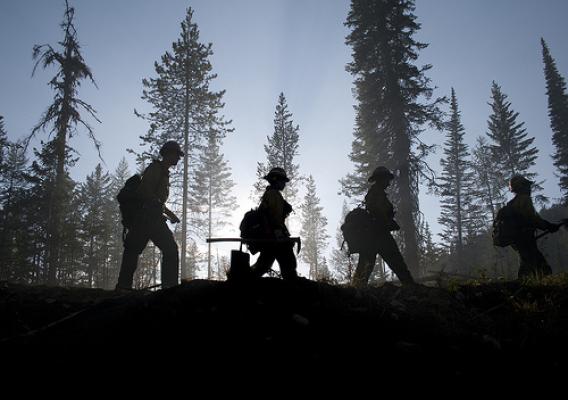Over the past twenty years, a changing climate, population growth near forests and rangelands, and the buildup of brush and other fuels have dramatically increased the severity of wildfires and the damage that they cause to our natural lands and communities. Year after year, fire seasons grow longer and longer, destroying homes, threatening critical infrastructure and the watersheds that provide clean drinking water to millions of people. Between 1980 and 2011, the average annual number of fires on Federal land more than doubled, and the total area burned annually tripled. Even as fire seasons have grown, the way we pay to fight these fires remains unchanged – and fundamentally broken.
The Forest Service’s firefighting appropriation has rapidly increased as a proportion of the Forest Service’s overall budget, increasing from 16 percent in 1995 to 42 percent today. As the costs of wildfires have spiraled out of control, it has shrunk the budget of other Forest Service programs, taking millions of dollars from other critical forest health and land management priorities in order to pay for them. What’s more, often the programs we are forced to divert funds from are the very programs which help to mitigate the impact of wildfires.










